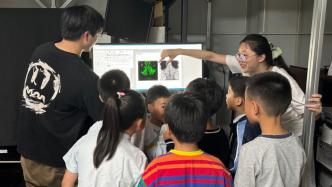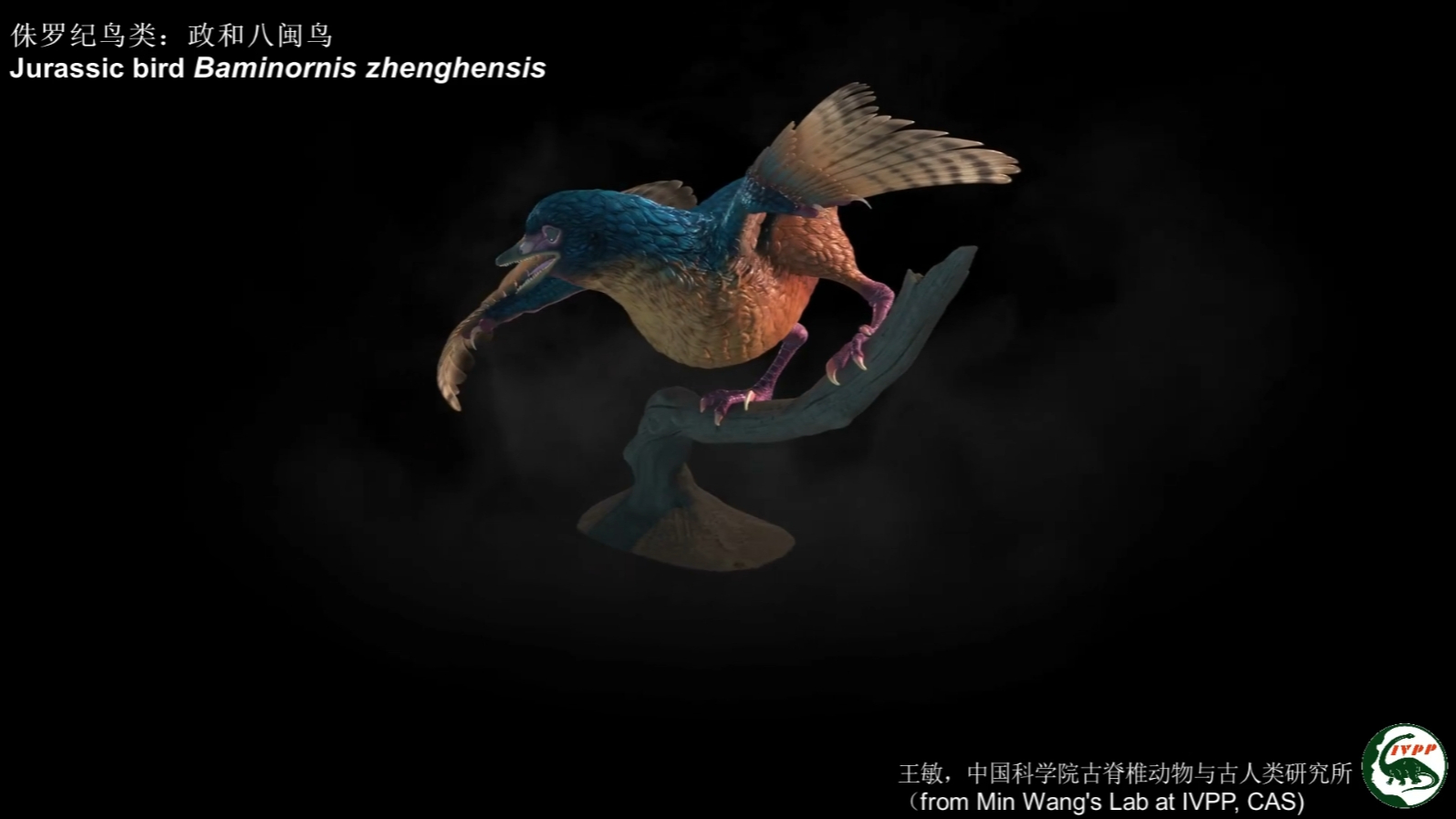

During the "Brain Intelligence for the Future" public science day event, research groups such as "Sensory Integration and Behavior" opened their laboratories, and researchers led people on tours and gave explanations.
The brain is the most complex and mysterious organ in the human body and the source of all our cognition, emotions and wisdom.
On May 17 and 18, the national brain science research institution, the Center for Excellence in Brain Science and Intelligence Technology of the Chinese Academy of Sciences (abbreviated as "Brain Science and Intelligence Center"), held the "Brain Science and Intelligence for the Future" public science day event for the public, inviting citizens and students to visit the institute and experience the charm of brain science research up close.
On the afternoon of the 17th, researchers from the Center for Brain Intelligence Excellence conducted two popular science lectures, "Biology of Brain Intelligence" and "Physical Education in the Brain", in the form of offline participation and online live broadcast. About 300 viewers participated in the offline popular science lectures, and the number of online viewers reached about 50,000.
On the 18th, six research groups of the center, including "Sensory Integration and Behavior" and "Development and Regeneration of Auditory System", opened their laboratories, and researchers led people on tours and gave explanations.
Led by volunteers, the children entered the laboratory in batches to see how scientists used fluorescent probes to "illuminate" and display the brain activities of zebrafish.
On the screen of a large microscope, the brain image flashing green fluorescence clearly shows the network composed of neurons. The human brain has nearly 100 billion neurons, while the zebrafish has only 100,000 neurons, which means that people can better observe the structure and activity of the entire zebrafish brain and derive universal brain laws. Zebrafish has therefore become one of the most commonly used biological models in brain science.

“Brain Intelligence Shares the Future” Public Science Day event.
The children listened attentively to the explanation. A staff member of the Brain and Intelligence Center of Excellence told The Paper that even with physical displays, popularizing science is not an easy task, and to be able to explain it in a simple and easy-to-understand way, "you need a certain amount of talent."
In addition, on the afternoon of the 18th, the Center for Brain and Intelligence Excellence also set up a booth at the "Science Fair" held by the Shanghai Branch of the Chinese Academy of Sciences, allowing citizens to personally participate in brain science experiments such as "brain wave confrontation" and "eye-controlled obstacle avoidance".
Although children were the "main" audience of this Science Public Day, the adults at the scene also showed great enthusiasm for science, checking in and asking volunteers scientific questions.
Spreading cutting-edge scientific research to the public through popular science will help to plant the seeds of science in curious children and cultivate future scientists.
"Children today are so lucky that they have the opportunity to visit national-level laboratories at such a young age." Qian, a doctoral student in the "Sensory Integration and Behavior" research group of the Center for Brain and Intelligence Excellence, exclaimed to reporters. As a volunteer for this Public Science Day, he and several other students in the group were responsible for visiting and explaining the laboratory.

“Science Fair” organized by the Shanghai Branch of the Chinese Academy of Sciences.
A staff member told The Paper that due to limited manpower and material resources in the laboratory, most of the visiting spots were given to primary and secondary schools co-built around the institute. "The laboratory is not that big, and at most it can accommodate 20 people at a time," he said.
Fortunately, the number of such events is increasing. Every October, the Chinese Academy of Sciences holds a "Science Festival" with a series of science events for the public.
It is reported that "CAS Public Science Day" is a large-scale public welfare science popularization activity held by the Chinese Academy of Sciences. Since 2005, every May, the Chinese Academy of Sciences' affiliated research institutes across the country will open to the public and organize various science popularization activities. This is the 20th time. In Shanghai, in addition to the Center for Excellence in Brain and Intelligence, the Center for Excellence in Molecular Cell Science and the Institute of Nutrition and Health have also held their own public day activities.

The human brain has nearly 100 billion neurons, while the zebrafish brain has only 100,000.
"Brain science is very interesting and magical." A parent who brought his child to the event said in an interview with The Paper that such science popularization activities can broaden children's horizons and stimulate their interest in science.
Under the leadership of Mr. Pu Muming, an academician of the Chinese Academy of Sciences and a famous brain scientist, the Center for Brain and Intelligence Excellence is also actively carrying out "popular science teaching" activities.
Mr. Pu Muming not only made great achievements in scientific research, but also paid great attention to popular science and education. At his initiative, the Institute of Neuroscience and Anhui Qianshan Tianzhushan Central School started popular science and education activities in 2005. Every year since then, teachers and students of the Institute of Neuroscience have gone to Tianzhushan to give popular science lectures and short-term teaching, and organized donations to help the school build laboratories and help needy students.


